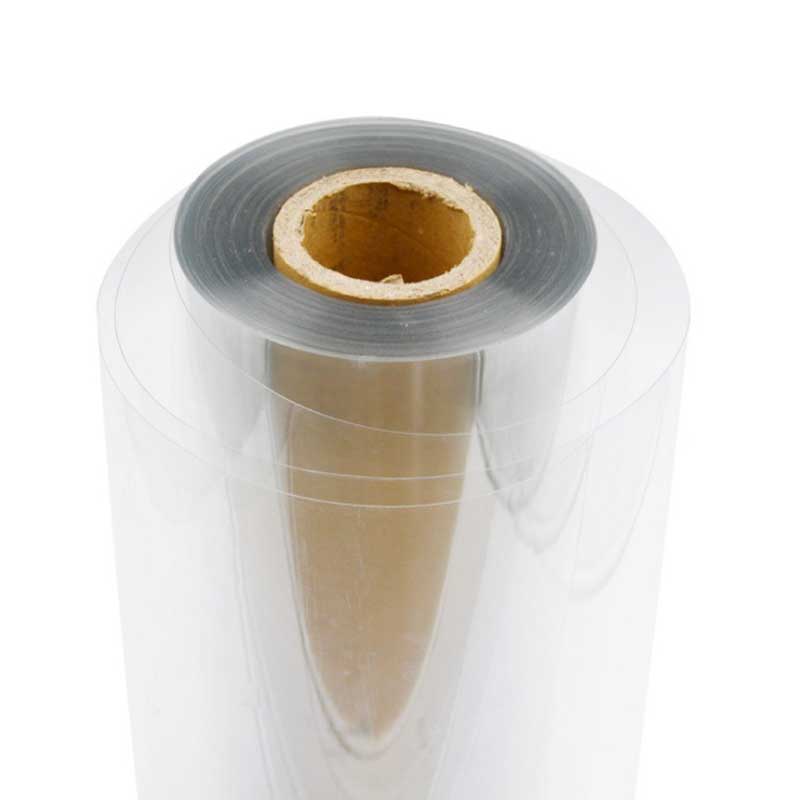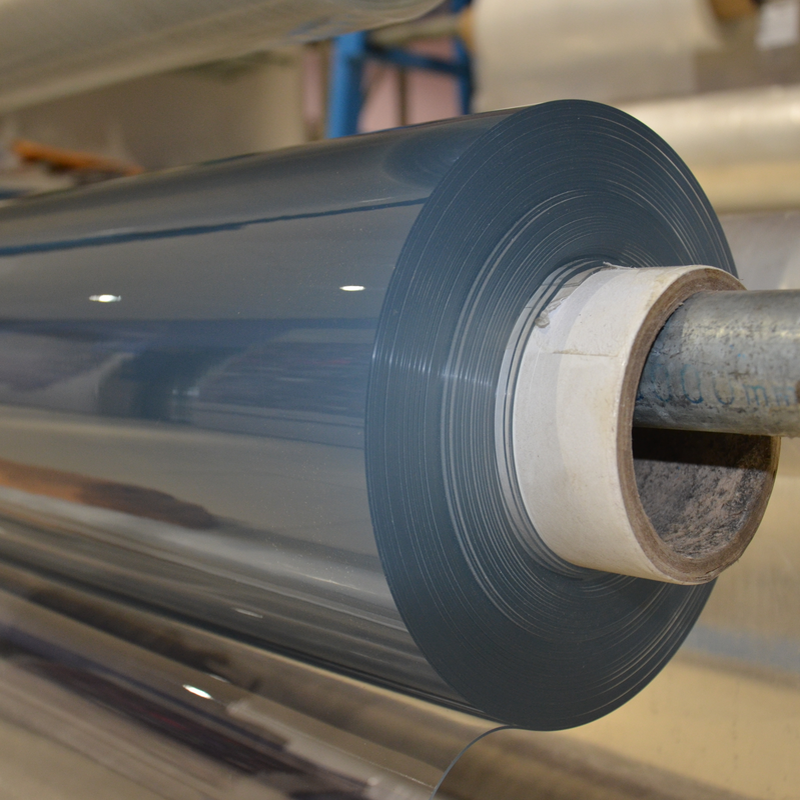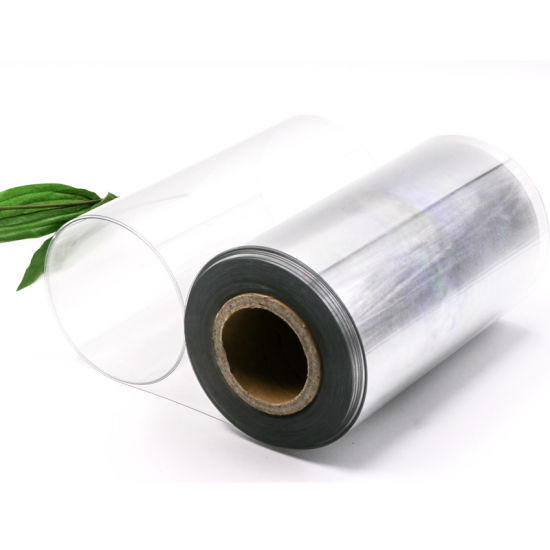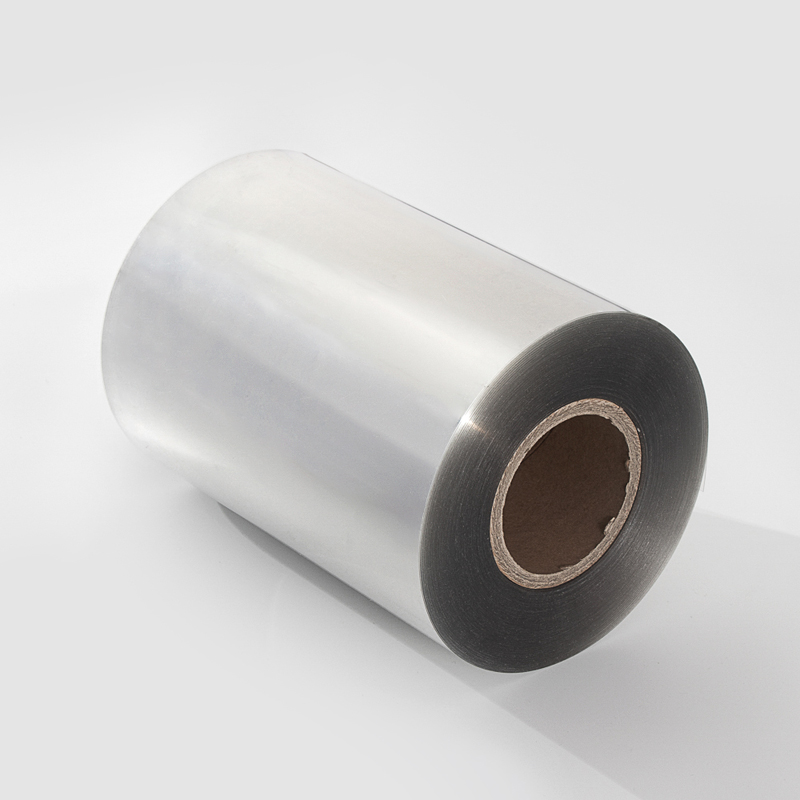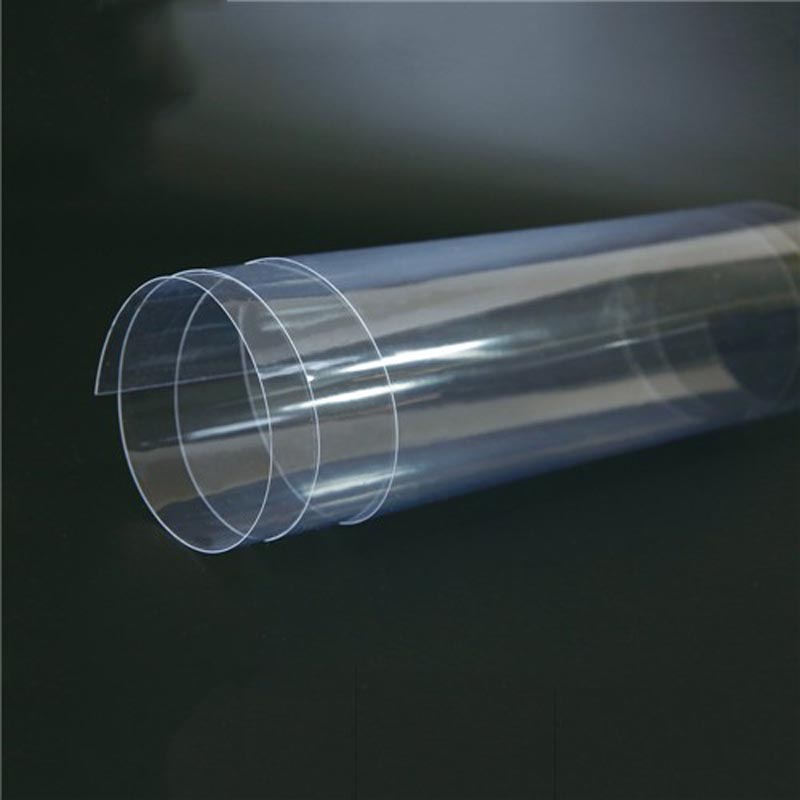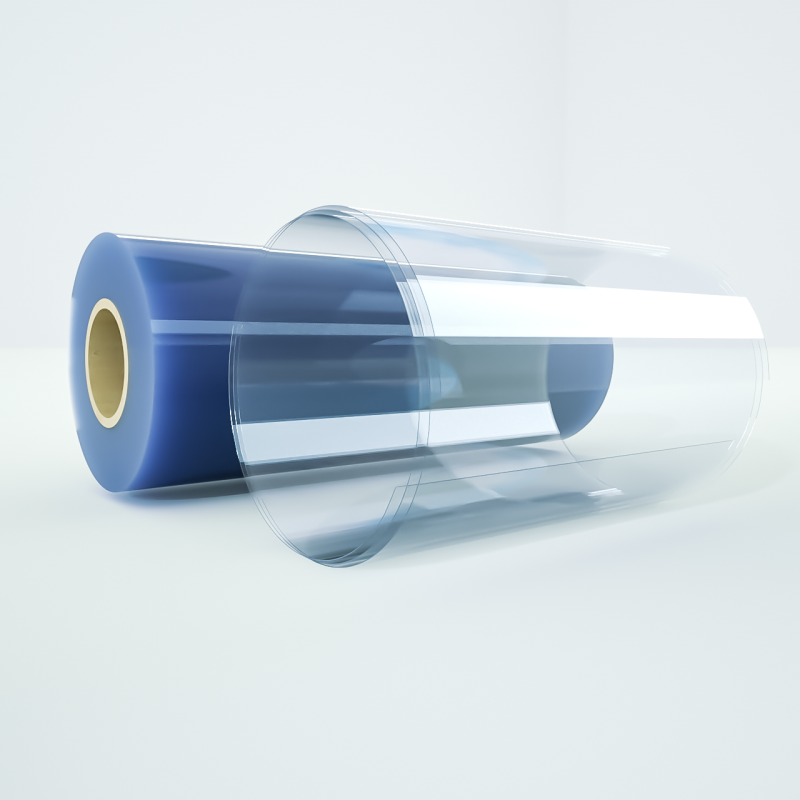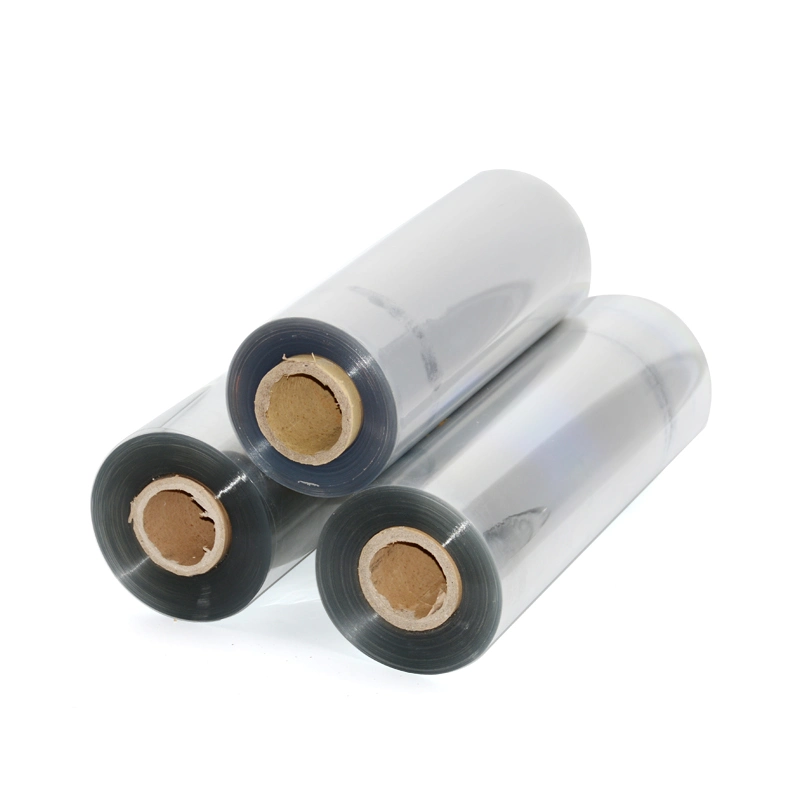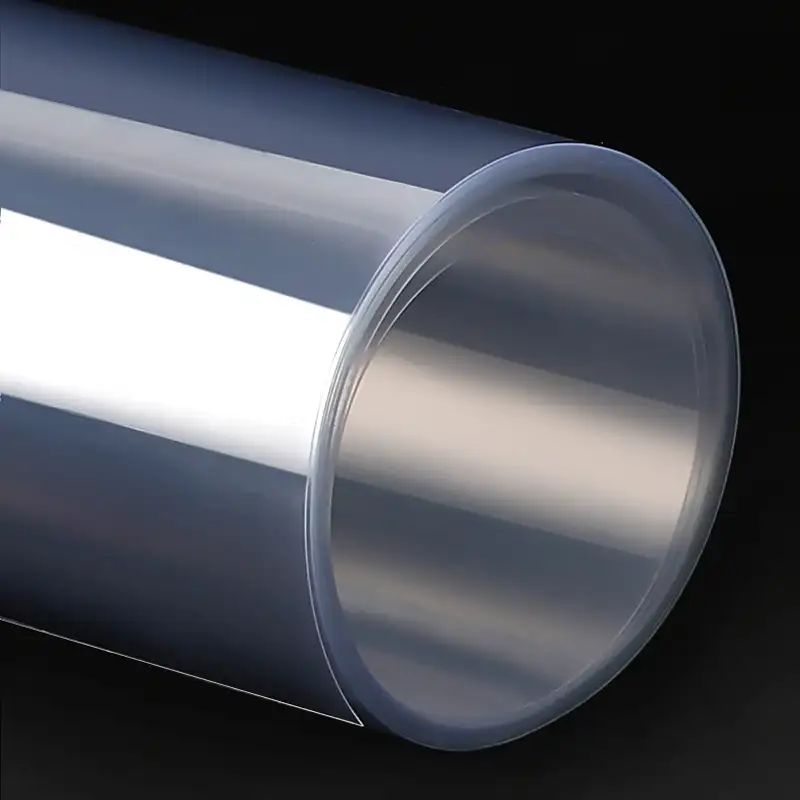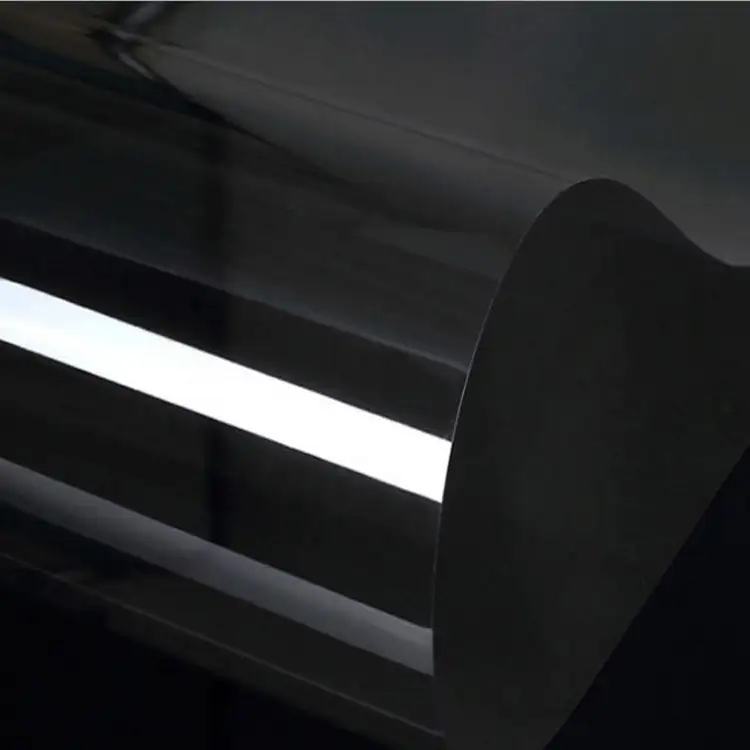Little Known Facts About PET Plastics
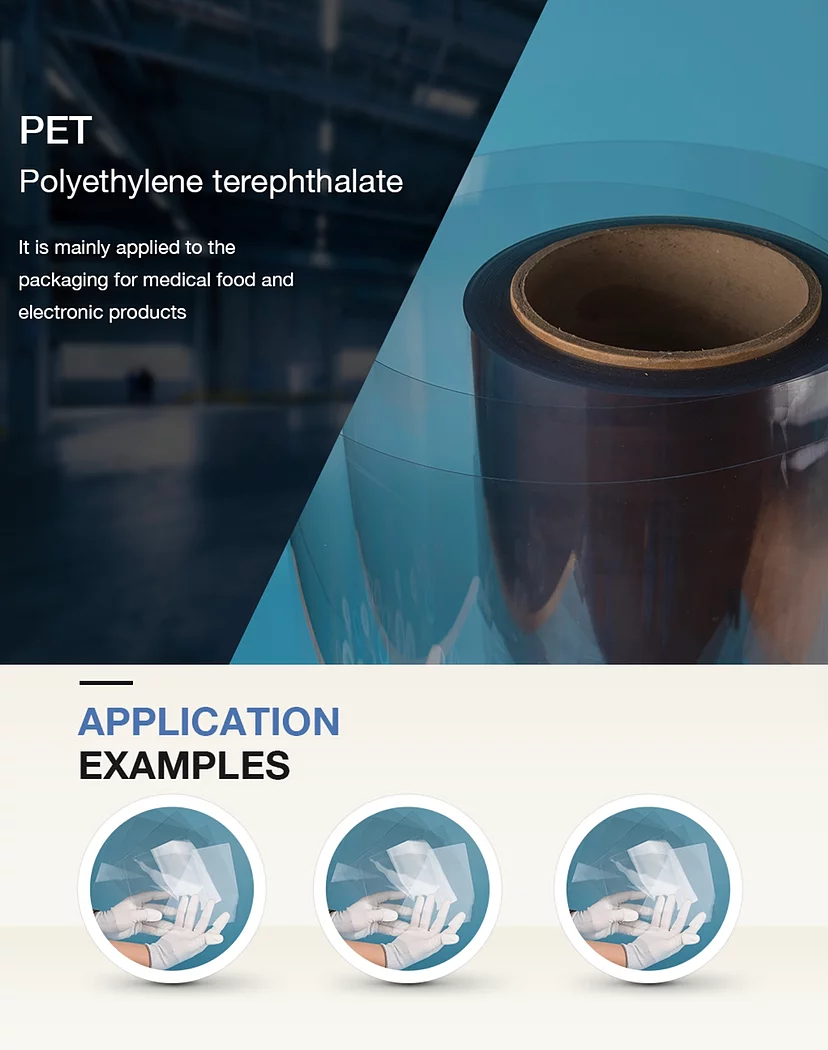
While PET (Polyethylene Terephthalate) plastics are widely used and recognized, there are some lesser-known facts about this versatile material that may be interesting:
-
Origin in Fiber Production:
- PET was initially developed for textile applications. It was first used as a fiber known as Dacron, which gained popularity in the textile industry for its durability and resistance to wrinkles.
-
Versatile Recycling:
- PET is one of the most recycled plastics globally. It is highly recyclable and can be recycled into a variety of products, including new PET containers, fibers for clothing, and even carpet fibers.
-
Carbonated Beverage Pioneer:
- PET became prominent in the beverage industry due to its suitability for carbonated drinks. The first carbonated beverage to be sold in PET bottles was Pepsi in 1977.
-
Lightweight and Strong:
- PET is known for its high strength-to-weight ratio. It is lightweight yet durable, making it an ideal material for packaging applications, reducing transportation costs, and environmental impact.
-
Recycled Content in Bottles:
- Many PET beverage bottles on the market today contain recycled PET (rPET) content. This helps reduce the demand for virgin PET resin and promotes sustainability.
-
FDA Approval for Food Contact:
- PET is approved by the U.S. Food and Drug Administration (FDA) for food contact. This approval makes it a popular choice for packaging food and beverages.
-
Applications Beyond Packaging:
- While PET is commonly associated with bottles and packaging, it has diverse applications. It is used in the production of polyester fibers for textiles, as well as in engineering applications, such as in the manufacturing of mechanical parts.
-
Transparent and UV Resistant:
- PET is transparent, allowing for clear visibility of the contents, making it suitable for products where visual appeal is important. Additionally, PET has good UV resistance, protecting the contents from light exposure.
-
Potential for Bio-Based PET:
- Researchers are exploring the development of bio-based PET, derived from renewable sources like plant-based feedstocks. This could further enhance PET's environmental profile.
-
Use in 3D Printing:
- PET is used in 3D printing, where it is known as PETG. Its ease of printing, transparency, and impact resistance make it a popular choice for creating 3D-printed objects.
Understanding these lesser-known facts about PET plastics highlights its versatility, sustainability efforts, and ongoing innovations in various industries. PET's adaptability and positive characteristics contribute to its continued widespread use and exploration in new applications.
Make Inquiry
- Main Category
- APET Sheet Roll
- RPET Sheet Roll
- PETG Sheet Roll
- GAG Sheet Roll
- ESD Antistatic PET Sheet Roll
- Latest Products
